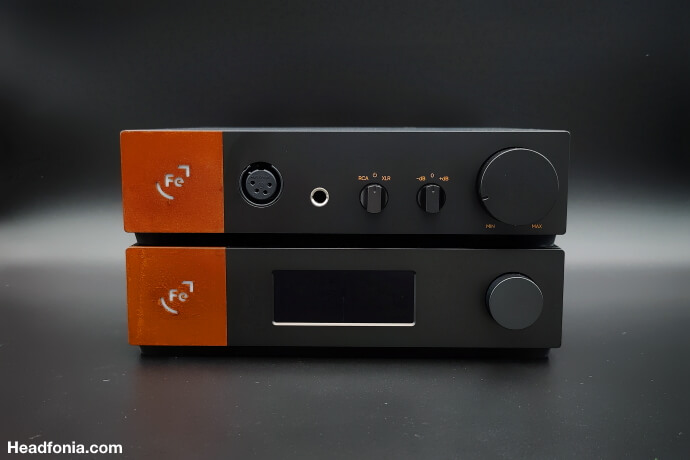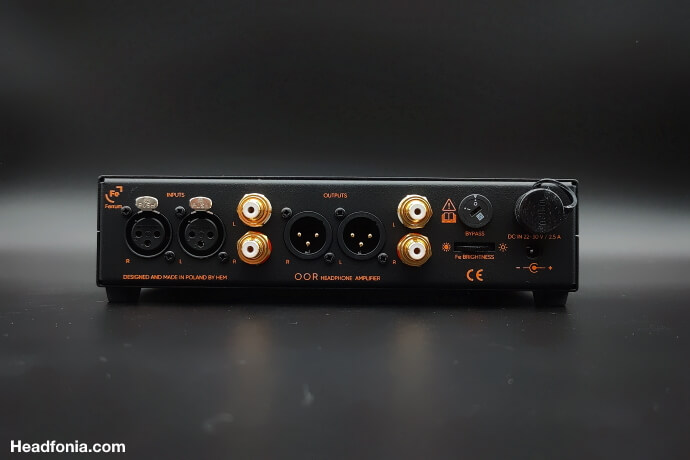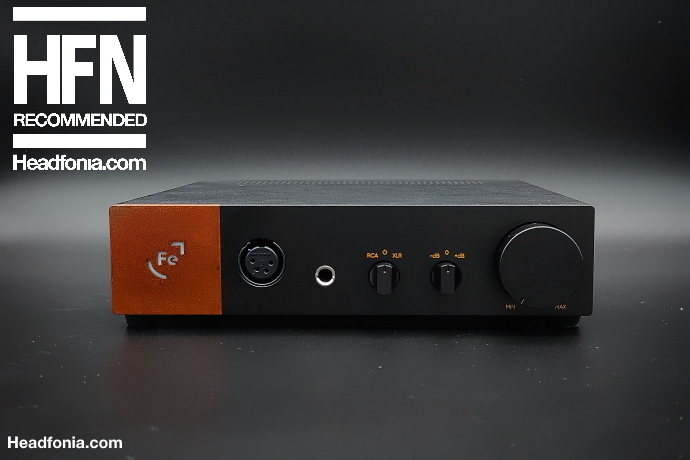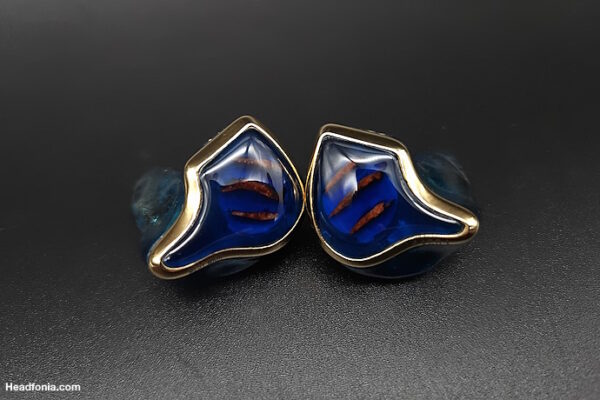Sound – Intro
According to the Ferrum team, the OOR displays “ultra-low distortion, zero listening fatigue, huge dynamics and unrivalled detail result in ultimate enjoyment. OOR actually makes something that is very difficult to accomplish, seem like the most natural thing on earth”.
As usual we will find out ourselves how close the marketing “talk” is to the truth. I have used the Ferrum Audio OOR in combination with the Atlas DAC as well as the V590 DAC and always in a fully balanced configuration. I have used a wide range of headphones for this test and the OOR synergy will be described for a selection of them later in this review.
OOR at all stages, unless specifically mentioned, was used in a fully balanced configuration as well as with the Hypsos dedicated power supply. This, simply because it brings out the best of the unit and that’s how we want to describe it in this article.
As mentioned earlier, the OOR is also a pre-amp and it’s really easy to use as such. We in this review however will focus on the headphone amplification part only.
Sound – General
The OOR’s design is focused on a balanced and very transparent sound signature. The key characteristics apart from these two are: linearity, neutrality, cleanness and precision.
The OOR is a high end neutrally tuned amplifier and it doesn’t add anything at all to the sound. It’s a very honest and transparent amplifier. There’s no increase of bass body/presence or enhanced vocals, added warmth or anything else. You get a very linear, uninfluenced and clear sound which is presented in a more analytical but also in always musical way. The OOR never sounds boring or too precise but because of its main characteristics it isn’t the kind of amplifier that makes all your headphones sound great. I will get into that later in the headphones section.
The Ferrum Audio OOR has a neutral amount of body and weight, so don’t expect your headphone to sound fuller with this amplifier. The OOR is lighter and natural in presentation, like a neutral tuning stands for. If warmth and smoothness are two things you want to hear, then the OOR isn’t for you. OOR gives it to you in a natural way, but without ever sounding cold.

Sound stage wise the amplifier does well in both width and depth and it has really impressive layering and extension from top to bottom. Its separation and spaciousness are spot on and OOR gives you a realistic amount of air between the notes. Its detail retrieval is at the highest level and the decay and note extension is simply superb. It together with the layering are actually the things I love most of this amplifier. The Left-right separation and 3D/stereo imaging is good, but it’s one of the very few points that could still be further improved.
All-in-all the Ferrum OOR is technically very strong and it presents you the music in a real, balanced and clean, yet dynamic and realistic way, without ever becoming boring or overly analytical. At this price point we of course expect the performance to be very good, but the OOR’s is quite impressive.
Balanced vs Single ended headphone output
The headphones used for this section are the Meze Audio Empyrean and the Hifiman HE6SE/Susvara with the V590 DAC. The OOR is a fully balanced amplifier in design, but you can of course use a normal 6.35mm TRS finished headphone with it.
When switching to the single ended output on the front, you will first of all get a lower volume (less power), second a slightly reduced level of clarity. The third difference is the speed, which now is a bit slower and fourth, the OOR now has a softer and more smooth delivery. But this is still very much within the neutral tuning. With the single ended output there is also a bit less precision and note extension.
For my ears the balanced output easily is the best of both, though it does depend on your personal preference and the headphone in use. The single ended headphone output is not far behind in performance, but it’s not as technically strong.
Do note that you can’t use both outputs at the same time. When both are connected, it will be the 6.35mm output that works.

Sound – Classics
Bass
For the bass part you have to think in quality over quantity. As the Ferrum Audio OOR has a neutral bass tuning and it isn’t really boosted. You get a normal and realistic, yet good amount of bass but bass will never be huge or overpowering unless your headphone is a bass monster. At the same time I never felt like having too little bass either, except for with some specific bass light headphones. So yeah, the quality and quantity of the bass is very good.
Bass reaches low, really low and it has great layering and detail. Bass is tight, fast and the OOR is always perfectly in control. What I like most about the bass part myself is the punch, the detail and the layering it shows. No matter if you’re listening to a dynamic driver or planar magnetic one, bass is always excellent.
Mids
The mids follow the same characteristics of the bass in regards to body, depth and layering. The mids are impressive with all of the headphones I have tried with the OOR. The dynamics are exemplary and the detail retrieval is high
The separation in the mids is also top level and you get a natural amount of air. Voices are realistic and blend in perfectly. The note extension, spaciousness and decay in the mid-section are simply a pleasure to listen to.
Treble
Treble extends well and it has the same spaciousness and clarity of the mids. At the same time the treble section is easygoing and it perhaps is the softest part of the three.
You do still get the spaciousness, dynamics and precision, but all in a very musical and easy to listen to way. When Ferrum says the OOR is non-fatiguing they for me are talking especially about the treble part.
The treble is perfectly in balance with the bass and mids, but for my personal taste it could carry a little more energy to spice things up a little. For the majority of listeners though, the treble section will be spot on.
The part on Sound continues on the next page. Click here or use the jumps below.
Page 1: HEM, OOR, Design, Build quality & Amp layout, Specs
Page 2: Sound – Intro, General, Single Ended vs Balanced, Classics
Page 3: Sound – Headphones, Without Hypsos, End Words









Mark G
Hi,
I’m looking at upgrading but still keeping my Violectric V281 and I’m debating between the OOR and the Violectric V550. I already have the Ferrum Hypsos power supply.
Given that you have reviewed both (V590 same amp), what are your thoughts on something a little more technical or analytical than the V281 without going too far?
My headphones are Hifiman Sundara & Ananda, Seen HD600 & 650 and Focal Clear. I might spring for an HE-6 down the track.
Cheers
Lieven
The Ferrum for sure is more neutral and analytical. But it’s very different from the Violectric sound. But if that is what you want, then perfect
GuanXing
Top-notch shilling, as usual.
Lieven
If you have heard the OOR or have read any other review, you wouldn’t be sayin such nonsense. But thanks for the visit